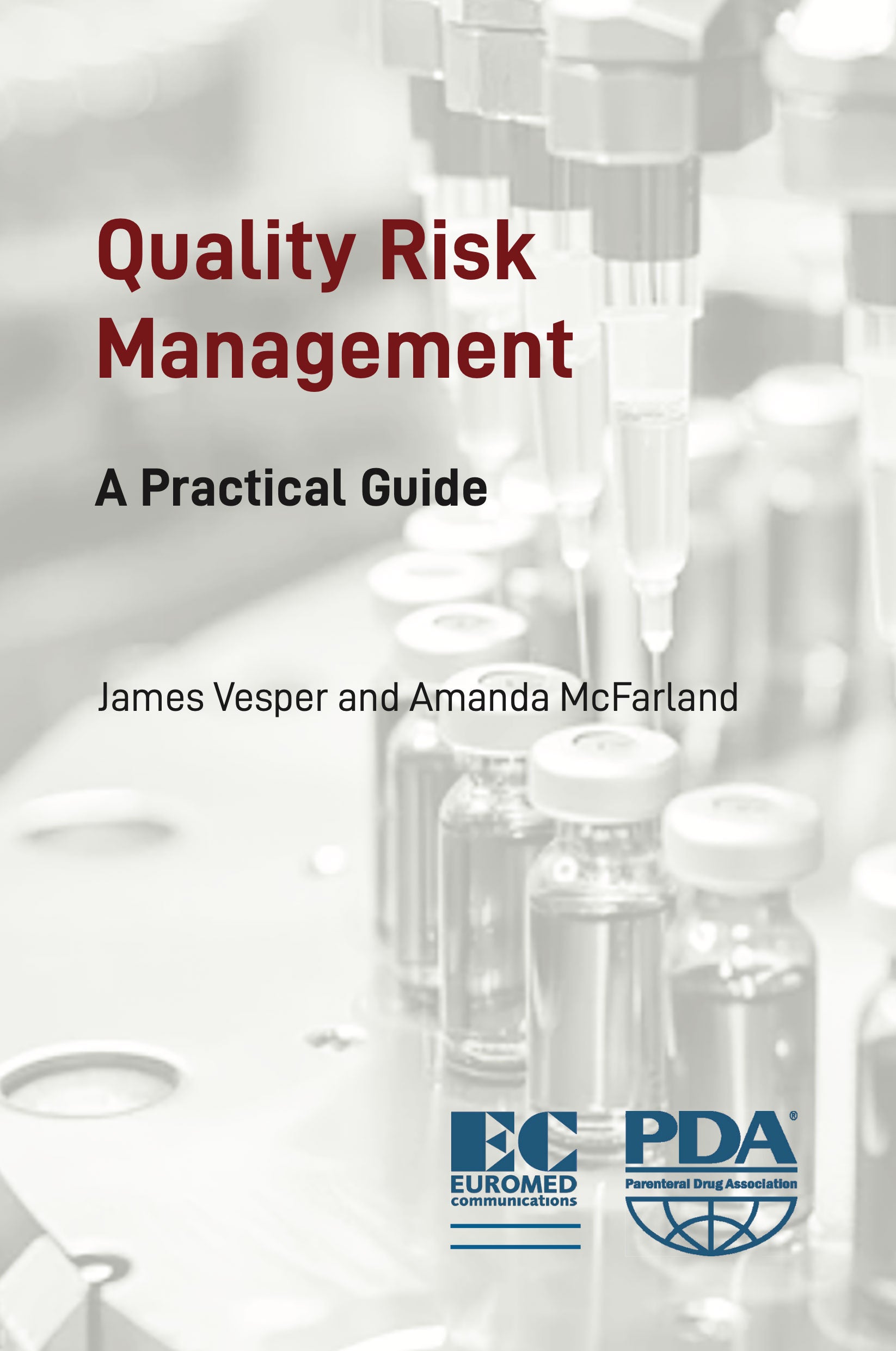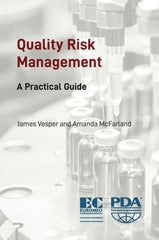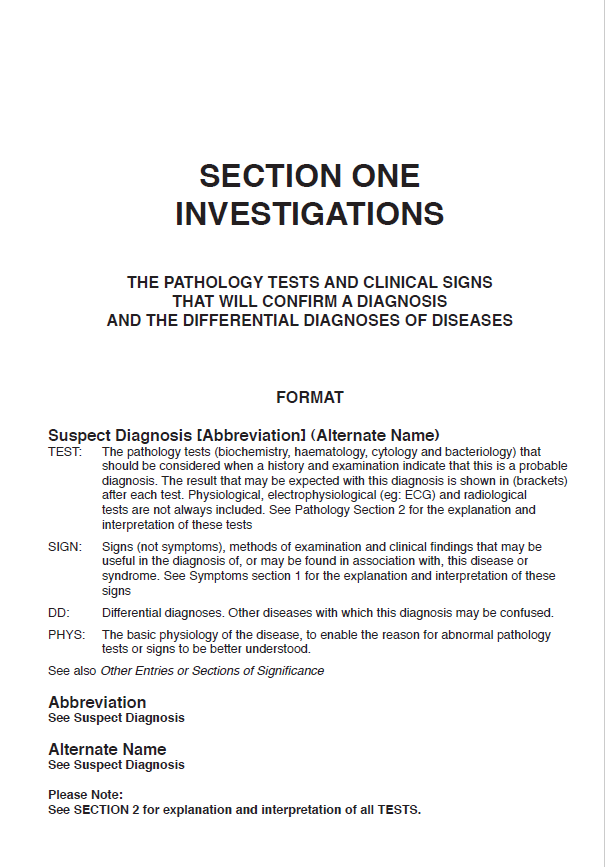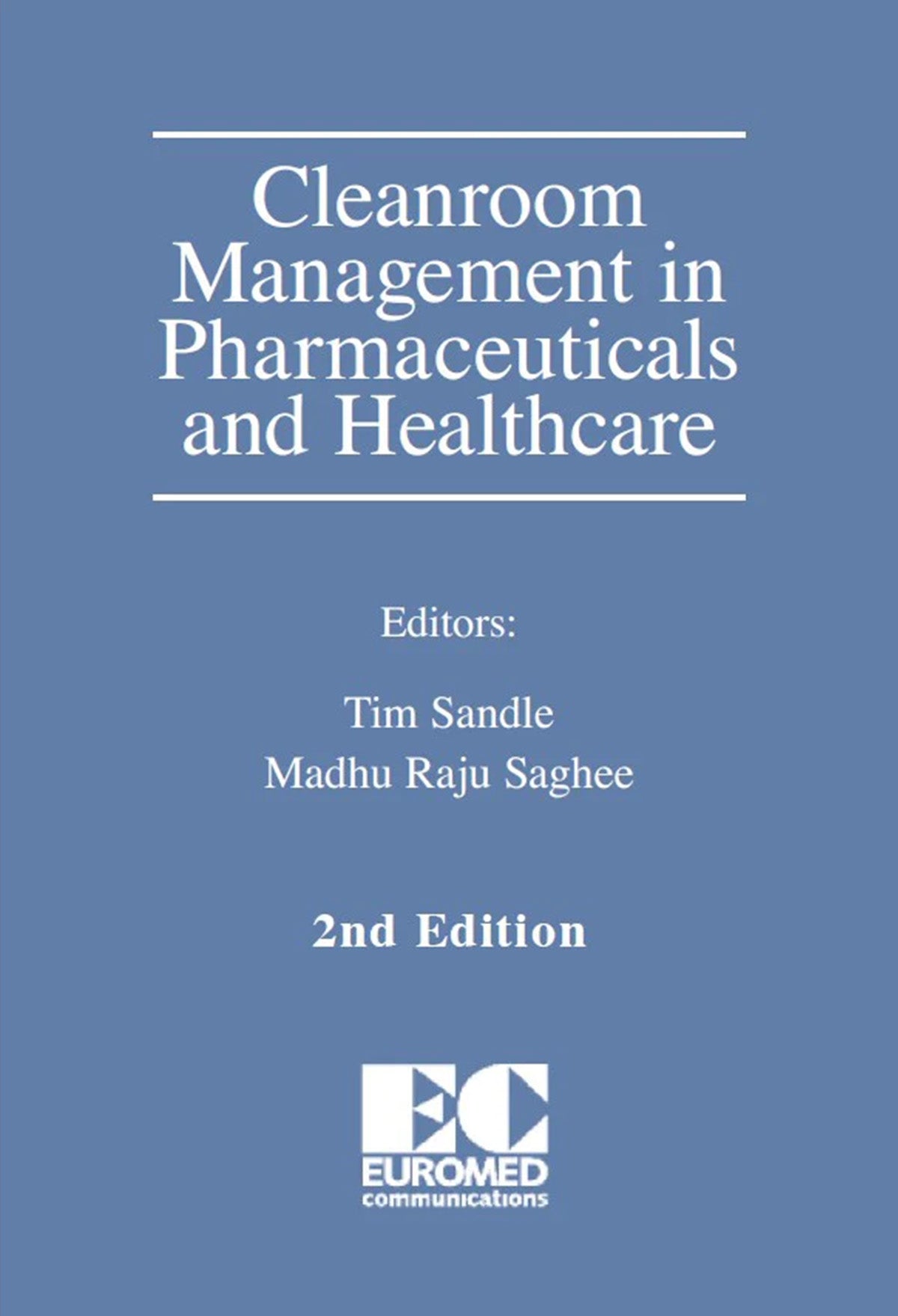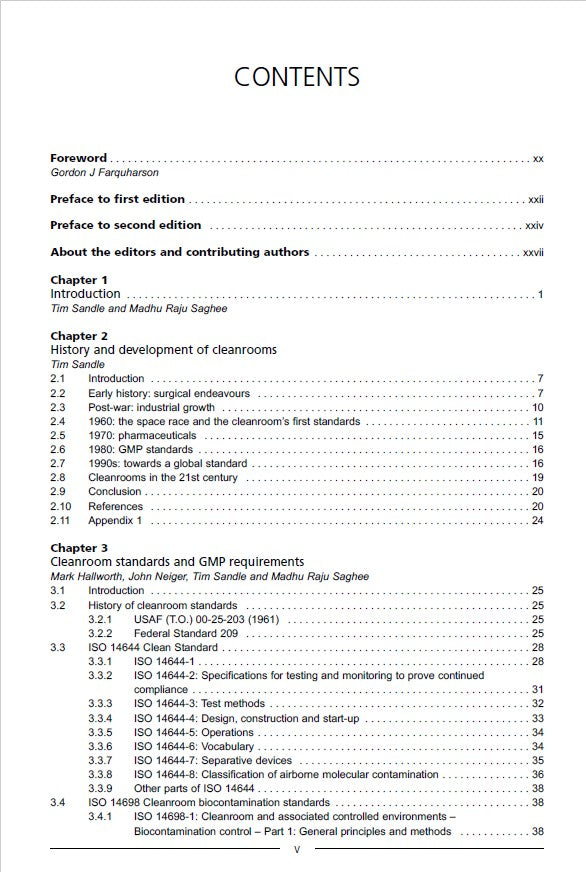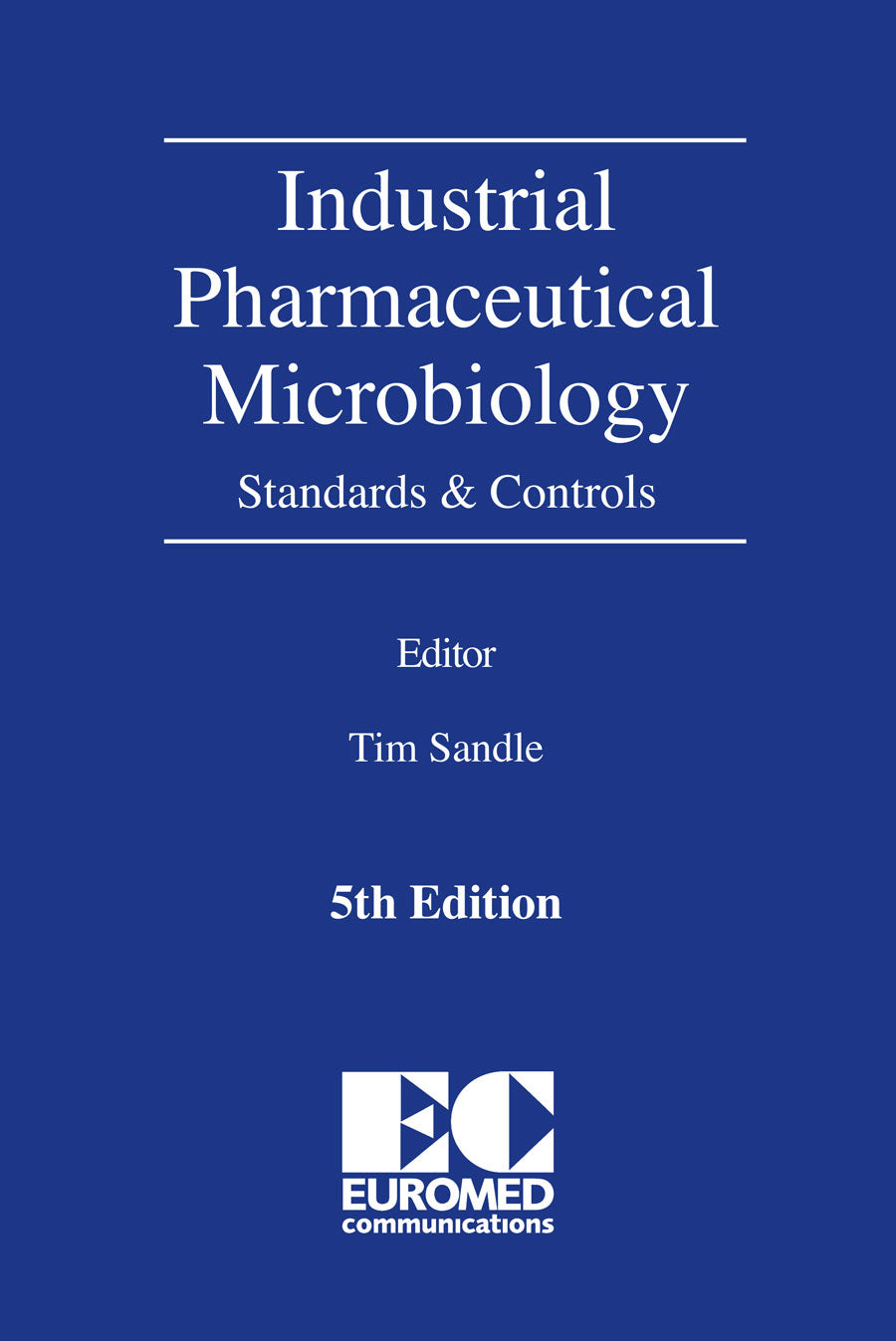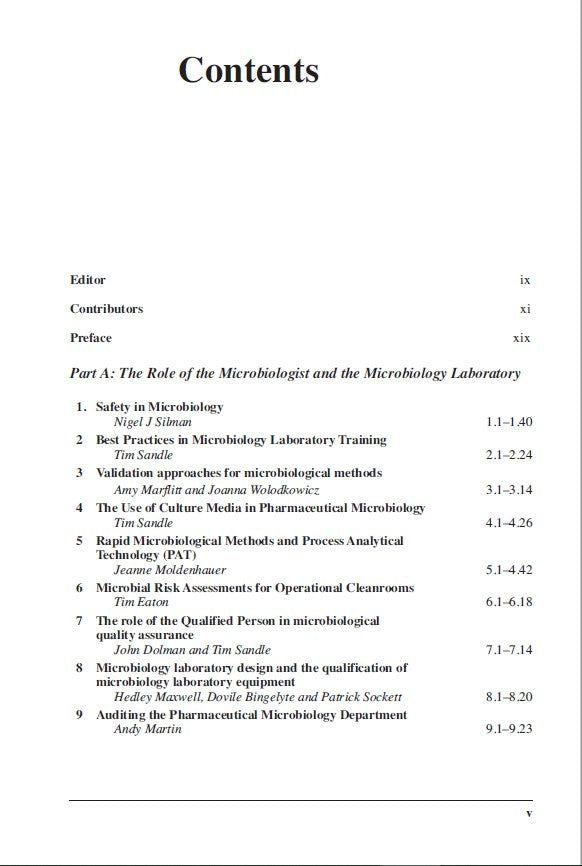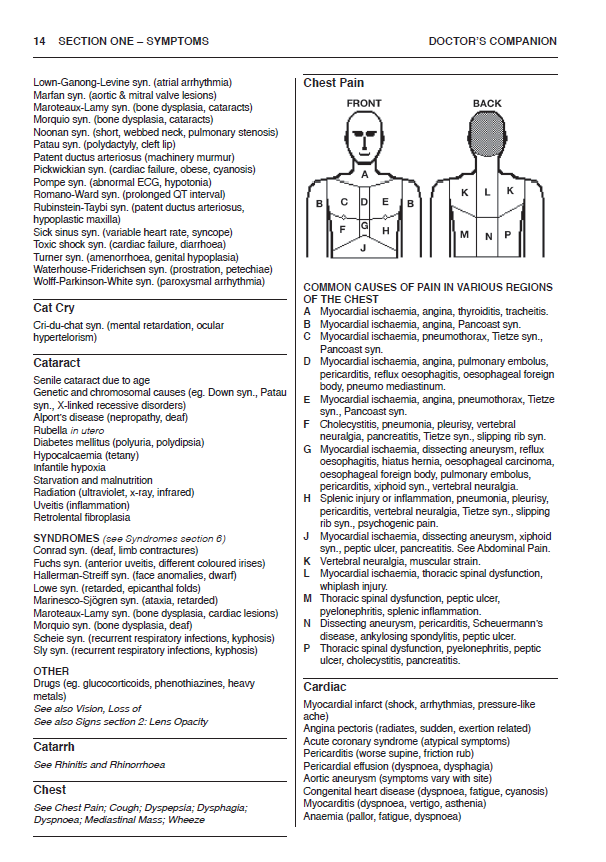Quality Risk Management: A Practical Guide
by James Vesper and Amanda McFarland
ISBN: 978-1-917195-12-6 ebook £195
ISBN: 978-1-917195-13-3 Hardback £225
Since the publication of the first Quality Risk Management (ICH Q9) guideline in 2005 and the Risk Assessment and Risk Management in the Pharmaceutical Industry book by James Vesper in 2006, the pharmaceutical industry has made considerable strides in its understanding and application of QRM and risk-based decision making. This evolution is captured in a revised and expanded volume, Quality Risk Management: A Practical Guide. Beginning with a historical context of some key events that have shaped how we as a society and industry think about risks and controlling them along with defining concepts and terms, the authors provide an overview of the QRM Q9(R1) model and do a deeper dive into each of the QRM phases. An emphasis is made on risk-based thinking and bias reduction. Various methods and tools used in doing risk assessments are described illustrating that risk management is more than just using a singular tool like failure mode effects analysis (FMEA). In twenty-two chapters the authors provide all the information you need to understand the concept of QRM, including chapters on facilitating risk management activities and the connection between risk management and knowledge management.
QRM is an essential aspect of the pharmaceutical industry, and this volume is based on the authors’ experience as facilitators, risk-tool developers, and instructors to pharma and biopharma risk teams around the world. Quality Risk Management: A Practical Guide will prove an important and key resource for risk owners, risk assessment facilitators, quality unit leaders, and those who make risk-based decisions.
The full list of chapters is as follows:
1. An Incomplete History of Risk Management
2. Hazards and Risks: Concepts and Definitions of Important Terms
3. Models Used in Describing Incidents
4. Risk Perceptions: Bias and Subjectivity
5. Risk-based Decision Making, Formality, and Tool Selection
6. Overview of the Quality Risk Management Process: The big picture
7. Scales Used in Assessing Risks
8. An Overview of Risk Management Tools
9. Preliminary Hazard Analysis / Preliminary Risk Analysis
10. Failure Modes and Effects Analysis
11. Hazard Analysis and Critical Control Points
12. Risk Check Sheets
13. Risk Evaluation
14. Risk Control: Preventive Actions
15. Risk-Related Documentation and Records
16. Risk Communication
17. Risk Review and Monitoring
18. Facilitating Risk Assessments – Virtual and Face-to-Face
19. Evaluating a Risk Management Activity
20. Evaluating a Risk Management Program
21. Risk Management and Third Parties
22. Risk Management and Knowledge Management

